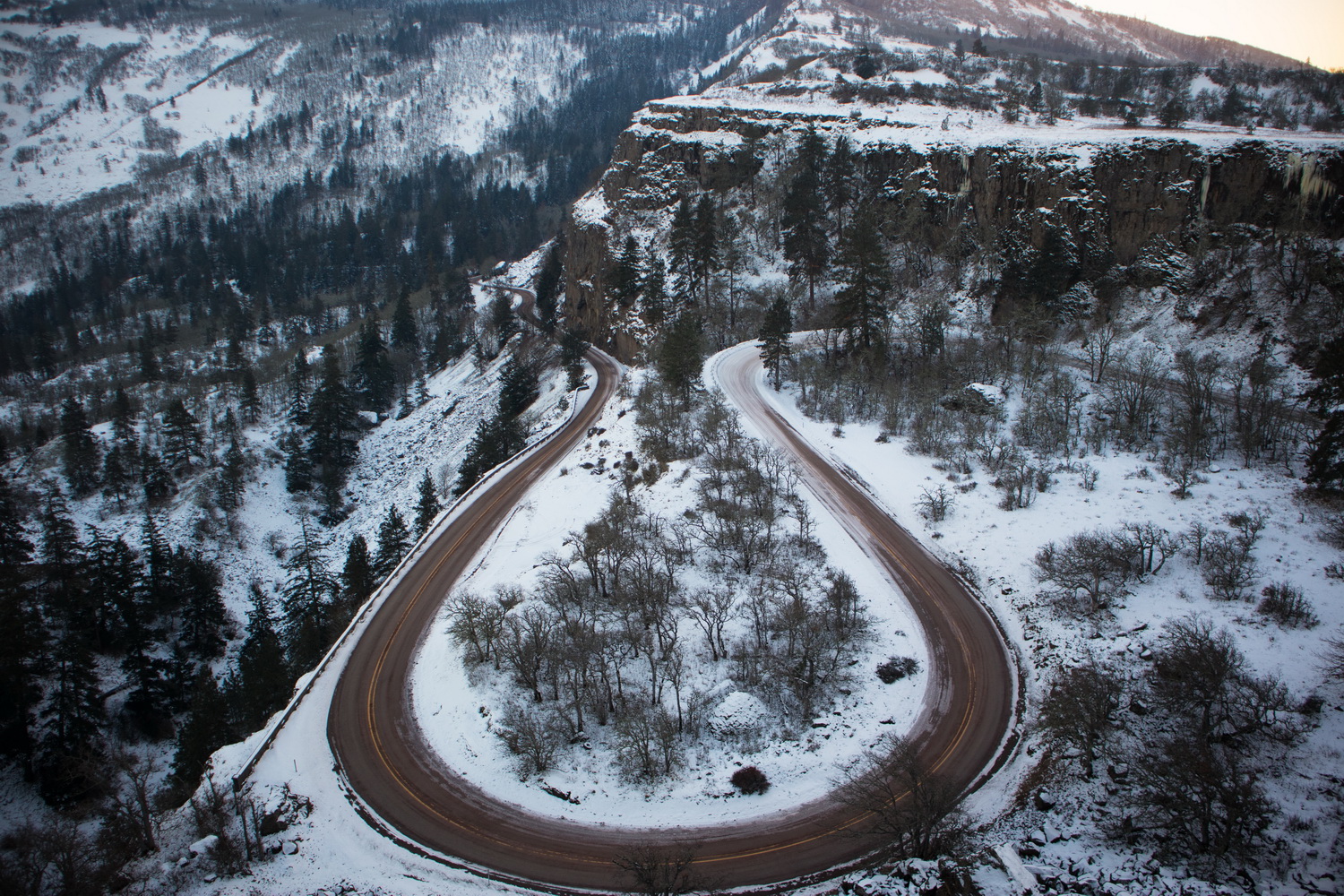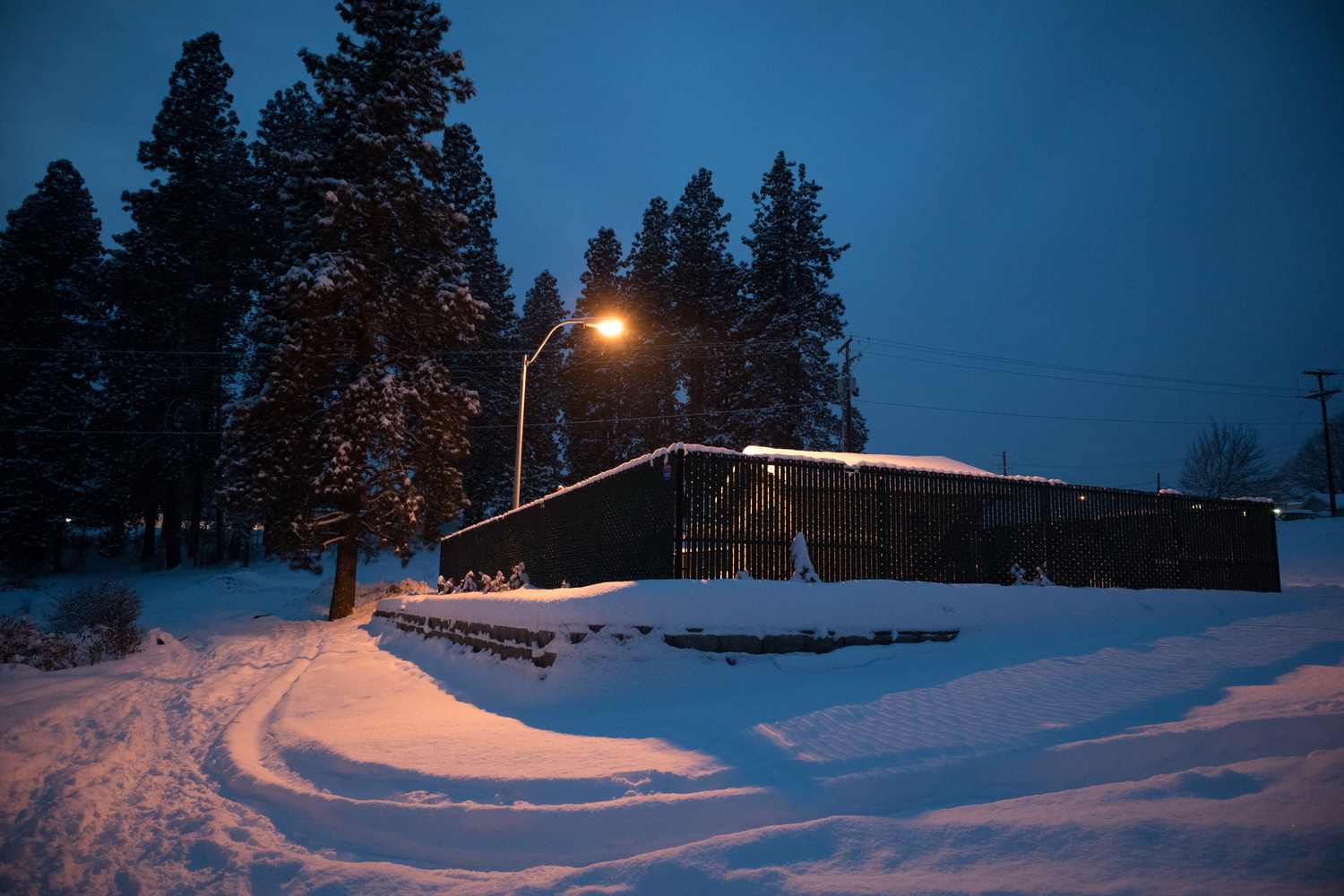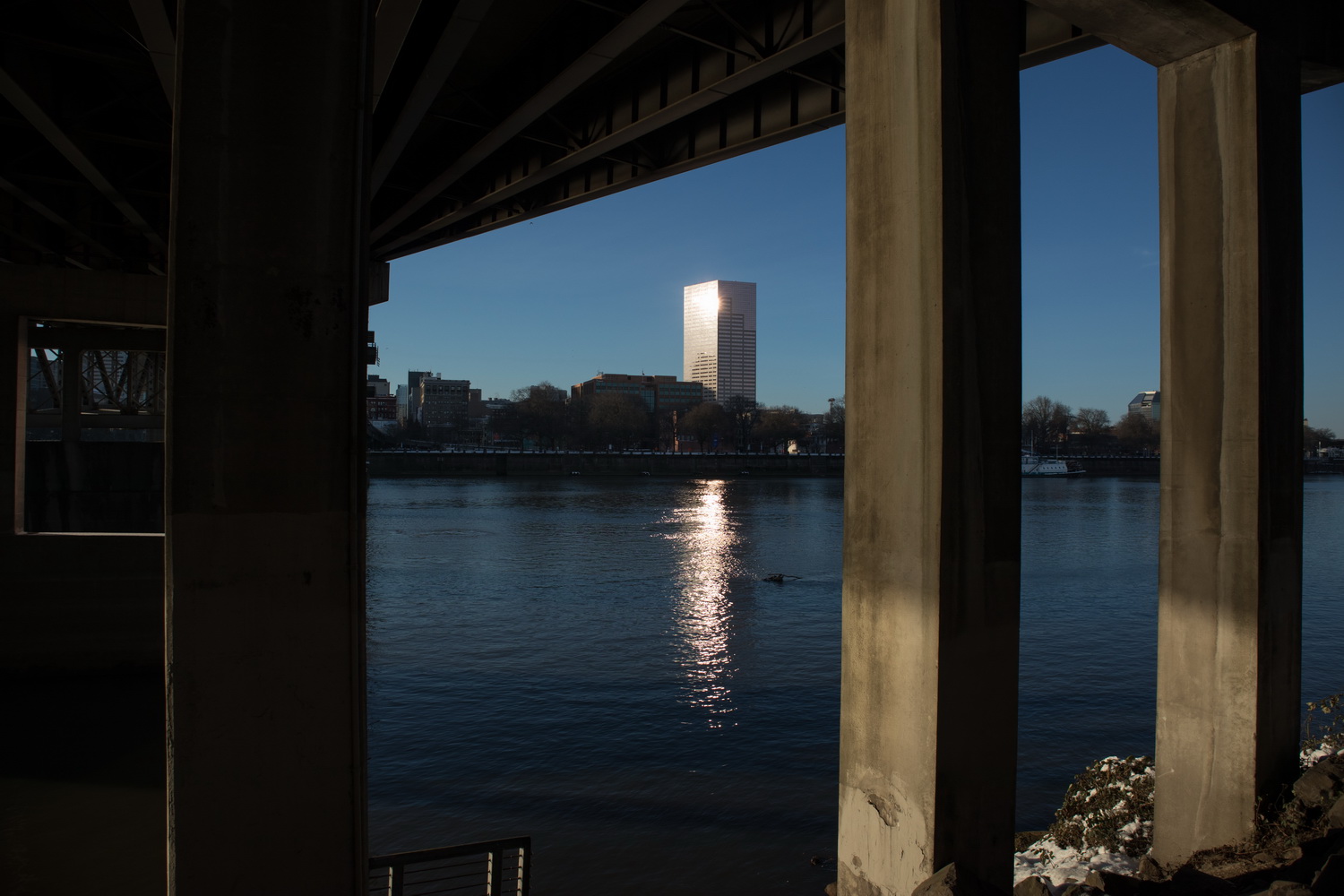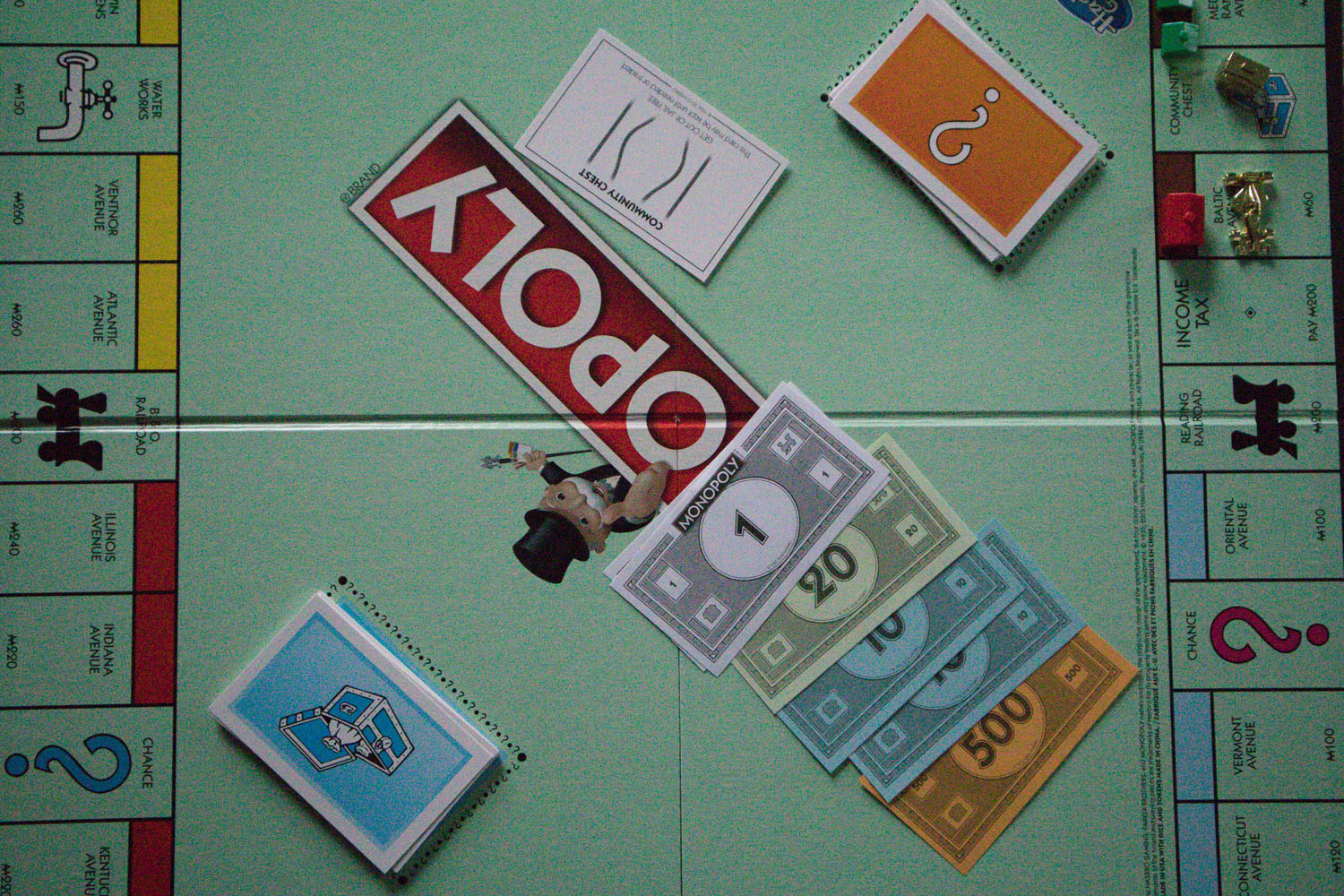- Ergonomic design
- Enthusiast-friendly control layout
- Fast Dual Pixel autofocus
- Good still image quality
- Nice wireless connectivity options
- No 4K video
- Lens lineup lacks enthusiast options
- EIS no substitute for sensor-shift stabilization
The EOS M5 made waves in the photo industry when it was announced last fall. It was a ray of light for enthusiasts and Canon fans who had long hoped for a serious mirrorless offering from the company. Unlike earlier EOS M cameras, the M5 doesn’t skimp on tech, using the same 24MP APS-C sensor and dual-pixel autofocus system from the acclaimed EOS 80D DSLR.
For everything it brings to the table, the M5 unfortunately still lags behind mirrorless cameras from other manufacturers in some respects, namely video. Both Sony and Panasonic offer 4K resolution at similar price points, and even Fujifilm and Olympus have implemented the feature in their top-end cameras. For a company with so much professional video experience, it would have been nice to see Canon put more leading edge filmmaking tech into its flagship mirrorless camera, although we can’t say we’re surprised by the decision: the higher-priced 80D also lacks 4K.
While not particular to the M5, Canon’s limited lineup of EOS EF-M lenses is another weak point. As such, the EOS M system remains most attractive to Canon DSLR shooters looking for a smaller camera that’s still compatible with their existing lenses (via the EOS EF-M Mount adapter). If the M5 signals a renewed focus on mirrorless for Canon, then hopefully new lenses are on the way. We hope this proves to be true, as the M5 is a solid camera and one that deserves a better selection of quality glass to put on it.
Design and usability
The most immediate difference between the M5 and its predecessors is the electronic viewfinder “hump.” Like the Olympus OM-D series, the EVF is situated directly above the lens, lending the camera the appearance of a small DSLR. In general, we prefer this setup to the far-left-mounted EVF of the Sony A6000 series, but the M5’s compact design means the shooting position will be a bit awkward for left eye shooters.
A built-in EVF is definitely a welcome addition (its M3 predecessor requires an optional EVF that slides into the hot shoe), but we do wish it was a bit larger. Its 2.36-million-dot resolution looks good on paper, but real-world performance leaves a little to be desired. Luckily, the 1.62-million-dot articulating LCD looks great. Both color accuracy and sharpness appear better on the LCD compared to the EVF.
The screen can tilt up by nearly 90 degrees and can flip downward a full 180 degrees for easy selfie framing, so there’s also that.
Selfies aside, the control layout is clearly designed for enthusiast photographers, with two multifunction dials and a dedicated exposure compensation dial on the top plate. One dial encircles the shutter button, while a Dial Function button resides at the center of the second, allowing users to quickly change what it controls, like aperture, white balance, and ISO. A third function dial is located around the four-way controller on the back of the camera, while the mode dial and newly designed power switch can be found to the left of the EVF. The back control dial is a bit flimsy, but all others feel very solid, with satisfying click points that make the camera easy to operate by feel.
Canon’s Dual Pixel AF tech is simply a joy to use.
Overall, we found the controls to be very intelligently laid out. The shape of the grip and material used is also very comfortable. This is arguably one of the most usable and enthusiast-friendly designs of any small mirrorless camera. If there’s an issue to be taken, it’s simply due to how many buttons and dials are crammed into such a small space. On multiple occasions, we inadvertently hit the video record button while just carrying the camera in hand, leading to several short clips in which the ground was featured prominently.
In addition to all the physical controls, the screen is touch-sensitive. One thing we very much appreciate is that there is nothing on the screen that can’t be duplicated with a physical button or dial, which is great for shooting in colder weather with gloves on. Some operations, like navigating across the menu system or selecting a focus point, are much more efficient with the touchscreen, so it’s worth using when possible.
The screen also works as a blind touch panel so you can still use it to move the focus point even when framing through the EVF. The M5 offers some advanced options for adjusting how this functionality works, including the ability to limit the touch-sensitive region to a single portion of the screen. Users can also choose between absolute or relative response. The default absolute behavior means when you touch a point on the screen, the focus point will move to the corresponding coordinates within the EVF regardless of where it was before. We actually preferred the relative setting, which allows you to drag the focus point from its origin no matter where your thumb happens to land on the screen. When using a limited touch region, however, the relative setting won’t always allow the focus point to be moved across the entire frame, so we recommend experimenting with these options to find the settings that work best for you.
Sharing images and controlling the camera remotely is also easy thanks to both Wi-Fi and Bluetooth. Bluetooth operation is limited to remotely operating the camera and doesn’t offer live view, but it uses less energy than Wi-Fi and maintains a constant connection to your mobile device. For transferring images over Wi-Fi, the M5 can also connect to a home network, so you don’t need to connect your phone to the camera’s Wi-Fi directly (although, this is still an option when you’re in the field).
Performance and image quality
Thanks to the Digic 7 processor, the EOS M5 can shoot at seven frames per second (fps) with continuous autofocus and live view. With AF and exposure locked, that speed jumps up to nine fps. Those numbers are a bit behind the competition (the Sony A6300 can shoot 11 fps with AF, or eight with AF and live view) but should be adequate for most users.
The biggest jump in performance the M5 makes over the M3 is in autofocus. Canon’s Dual Pixel AF tech is simply a joy to use. Combined with the STM focus motors in EF-M lenses, AF performance is lightning fast and whisper quiet. In all but dimly lit indoor situations, we didn’t have any obvious AF errors.
Face detection AF also works very well. In our testing, it easily tracked a face across the entire frame, even when moving the camera quickly. This is great for all types of portrait photography (yes, including selfies) but is also nice for shooting video. It is clear that Canon put a good amount of effort into making the M5 approachable to beginners even as it built it up for enthusiasts.
Battery life in normal mode may be a paltry 295 shots (based on CIPA testing), but this can be increased to 410 using the camera’s Eco mode. Eco mode dims the display after two seconds of inactivity and turns it off after 10 seconds. The camera wakes up instantly with just a half press of the shutter button (or any other operation), so we didn’t find Eco mode bothersome. We recommend switching it on except when you need more time to set up a shot.
It’s great to see that Canon gave the M5 its current best APS-C sensor, rather than curtail it with an older unit in order to differentiate the more expensive 80D. It truly makes the M5 a sort of miniature 80D, with more-or-less equal performance and image quality. Users will definitely want to shoot in RAW in order to maximize detail, but in-camera JPEGs will be fine for sending to a phone over Wi-Fi for quick sharing to social media.
Noise is very well managed through ISO 800 and even 1,600 and 3,200 are usable. Above that, things start to get a little rough, although at reduced image size you could get away with ISO 12,800 if you had to. The maximum setting of 25,600 comes with a significant jump in noise and corresponding loss of detail and should therefore be avoided. If you see Sasquatch in a dark wood on a moonless night, however, ISO 25,600 might be worth it.
Image quality is otherwise great with nice colors in both RAW and JPEG. Canon’s sensors may still not match the dynamic range or high ISO performance of those from Sony, but the average user is unlikely to notice the difference in everyday use. Given Canon’s great ergonomics and, in this reviewer’s opinion, more intuitive menu system, the M5 would make a compelling choice over the Sony A6300 for still photographers – if only Canon had more EF-M lenses.
Video
Still photography is only half of the equation on any modern camera, and video is unfortunately the biggest thing holding the M5 back. Canon has gone to great lengths to make shooting video as easy as possible on this camera, but at the end of the day, it fails to live up to the standards set by Sony and Panasonic, which are putting 4K into their cameras, among other features (the M5 support Full HD 1080 at 60p).
Unique to the M5 is a hybrid image stabilization system that combines in-lens optical stabilization with electronic image stabilization (EIS) for shooting smooth handheld video. Canon calls this system Combination IS and says it stabilizes footage on a total of five axes, similar to what other brands offer with sensor-shift stabilization.
However, we found the negative effects of EIS to be too strong to ignore, with a noticeable loss of video quality due to the necessary cropping required to stabilize the image. We much preferred the results when using just in-lens optical stabilization, as Canon’s implementation of 1080p is actually pretty good when not being altered by EIS.
While it offers manual exposure, focus peaking, and a microphone jack, the M5 won’t be the filmmaker’s choice of mirrorless camera. It might make due for the still photographer who wants to capture the occasional video on the side, but if you’re looking for a camera that can truly give you the best of both worlds, this isn’t it.
Warranty information
The M5 carries a one-year limited warranty, which is on par with most consumer cameras.
Our Take
With the EOS M5, Canon has shown us that it is at least willing to take a stab at the enthusiast mirrorless market, and we couldn’t be happier about that decision. Somewhat lackluster video features, a merely okay electronic viewfinder, and a limited lens selection make for significant drawbacks, but there is still a lot to like about this camera. From a still photography perspective, it provided the best shooting experience we’ve yet had on a sub-$1,500 mirrorless camera, and we’re hopeful things will only get better from here for the EOS M system.
Is there a better alternative?
The M5 lives at the center of a very crowded market. Sony’s A6300 is the obvious comparison here, which at $1,000 (body only) offers incredible value for the money, including 4K video and higher continuous shooting speeds. The Canon’s superior ergonomics go a long way to make up for what it lacks under the hood, but that won’t be enough for everyone.
How long will it last?
The M5 is a well-made camera with the build quality we’ve come to expect from Canon. We have no reason to doubt its efficacy for several years to come, but the problem, again, is that it is already outclassed by other mirrorless cameras on the market today. If you are okay being behind the curve in terms of video and continuous shooting performance, then the M5 could easily last you a long time, but it’s not really an example of the latest and greatest tech.
Should you buy it?
Yes, if you are looking for a smaller take-anywhere camera that takes great photos, especially Canon DSLR owners who want familiar controls and official support for your existing lenses (note that the EOS M Mount adapter costs $200). Otherwise, you may be best holding off while Canon fleshes out its EOS M ecosystem.
While the M5 has great potential as a still camera, the lack of native lenses prevents it from appealing to enthusiast photographers, a demographic that would otherwise love using it. There is currently no EF-M portrait lens, for example, and the 22mm f/2 STM pancake lens is the only option with an aperture faster than f/3.5. With two or three more decent lenses, we wouldn’t hesitate to recommend the M5 to all manner of photographers. For now, casual users will appreciate the compact size and excellent AF performance of the kit lens, but enthusiasts will be left wanting.

































